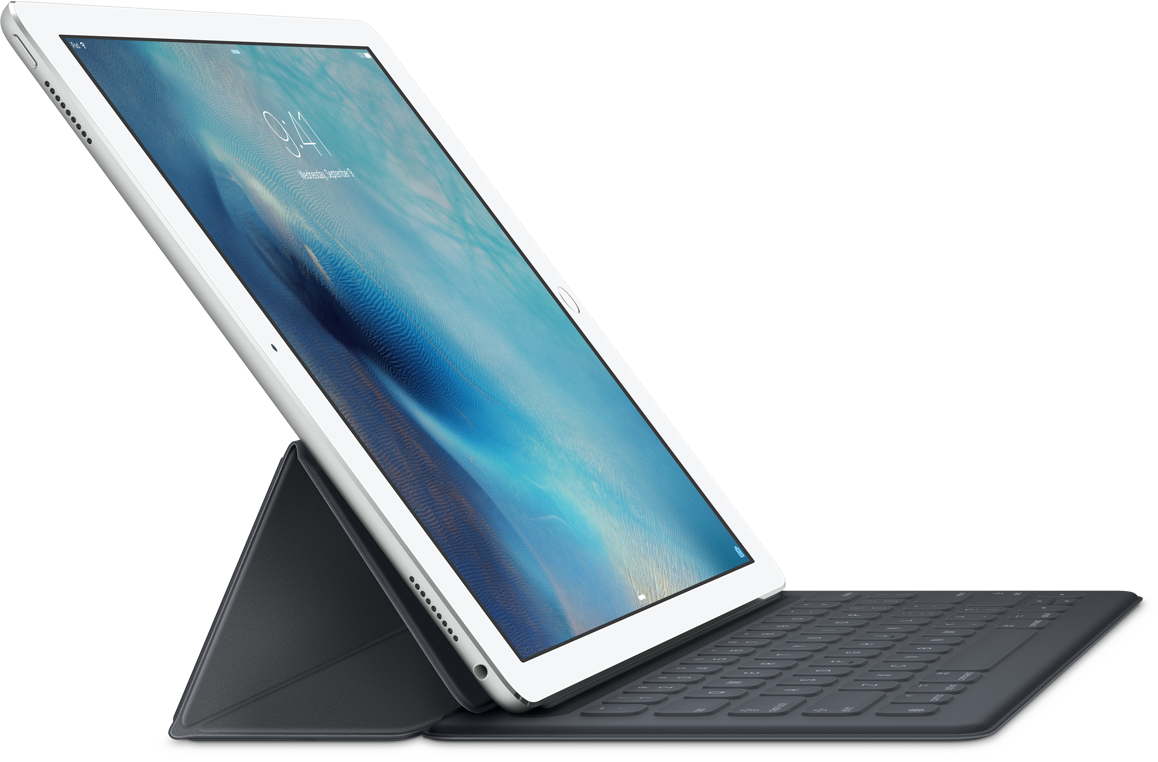You can dice them, you can slice them, but the iPad Pro is indeed Apple’s answer to Microsoft Surface Pro.

Over the years, Apple has maintained its stance on any question regarding a possible merge of iOS and macOS, as well as any hope for MacBooks to get touchscreens, anytime in the future.
This position makes plenty of sense from a commercial standpoint, as it allows Apple to keep its devices from cannibalizing each other’s market share.
With that said, iOS has evolved beyond its very basic and primal form, into a mobile operating system that is increasingly looking like a surrogate of macOS for tablets.
Features keep being replicated from iOS to macOS and vice versa, such as Split View (Window Snap), Night Shift, Apple Siri, and Mission Control, the latter of which is starting to look a lot like a version of the iOS home screen on steroids.
Apple has also marketed the Apple iPad Pro as a laptop-killer, which is not that far off from the truth, considering the availability of apps like Adobe Creative Cloud, and Microsoft Office, as well as the surprise unveiling of Apple Pencil, the company’s first stylus after Steve jobs scrapped Apple Newton in the mid 90s.
Apple iPad may not fit the true definition of a laptop, or even a 2-in-1, but it’s certainly obvious that it features and capability fits a laptop’s standard of productivity.
Whether it matches Microsoft Surface Pro’s standards, may depend on a very individual expectation of what performance should be on a tablet PC.
Microsoft Surface Pro sets that standard pretty high, offering a laptop-class tablet PC, with a desktop operating system, and a powerful processor, storage and memory to match, as well as a great touchscreen that can be used with a number of compatible stylus pens.
On the other hand, Apple iPad may turn out to be a bit more restrictive and conservative, as it can only run iOS apps, within an environment that simply doesn’t offer the complexity of a desktop operating system like macOS.
While some may call it a disadvantage, others will praise the simplicity of iOS, which offers a smoother learning curve,and user experience than both macOS and Windows 10, obviously, since it is a mobile operating system designed to be operated with fingertips, rather than more complex combinations of mouse and keyboard.
For those who want a bit more of that complexity, a keyboard is available, which is as responsive and comfortable as any other found on desktop devices, with some third-party models built with mechanical input, for a more “authentic” typing experience.
It goes without saying that the true difference between the Apple iPad Pro and the Surface Pro 4, is in the way one uses it. Windows users are more likely to want to play advanced and graphically intensive games, while iPad Pro users are typically more into productivity, web browsing, social media, and online shopping. However it is also a device open to power users who can go as far as get a true laptop experience, within the confines of iOS, which have become increasingly loose and macOS-like.
Ready to shop?
Shop for the ultimate deals in productivity at PortableOne where you’ll find the latest, powerful iPad Pro , as well as a complete range of accessories.